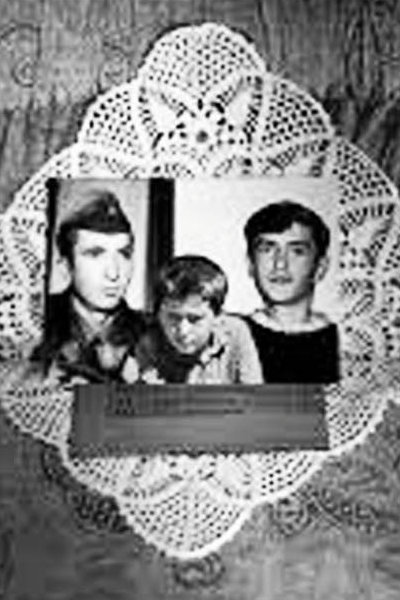War in the Balkans
The Balkans suffers from armed conflicts with great regularity in the 20th century. Not only the two World Wars have left deep scars in this part of Europe, but also the different peoples take up arms against each other on several occasions. After having put an end to Turkish domination in 1912, they fought for power among themselves in the Second Balkan War a year later. From that battle, Serbia emerges victorious. Belgrade becomes the capital of the kingdom and later the republic of Yugoslavia.
After World War II, the Balkans remains war-free within the Russian sphere of influence for a long time. But after the disintegration of Yugoslavia in 1991, rivalries between them prove intense. At various points along their shared border, Croats and Serbs commit attacks back and forth, while Serbia meanwhile tries to conquer the partly Muslim Bosnia-Herzegovina, an attempt that fails, but which does lead to the genocide of 8,000 Bosnian men in Srebrenica.
Since a pact between the warring parties is signed in Dayton in November 1995, a shaky peace has prevailed. This is also the case in Kosovo, which unilaterally broke away from Serbia in 1999. However, Belgrade does not recognize Kosovo’s independence..
Casualties since 1991: 140,000 and 14,000 missing.

